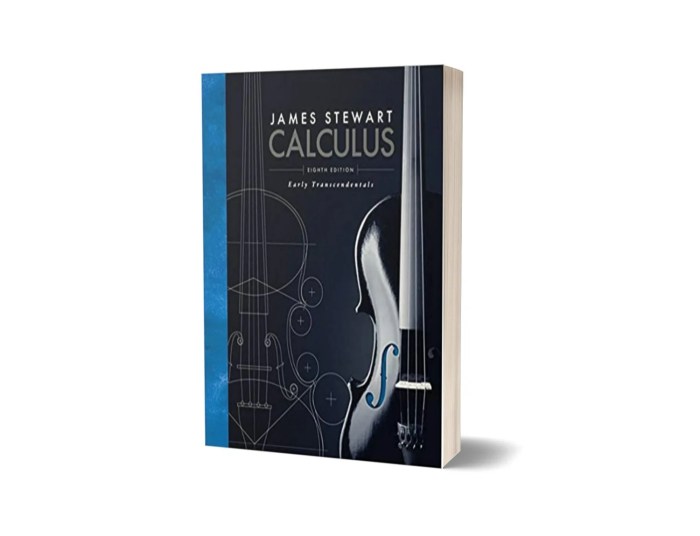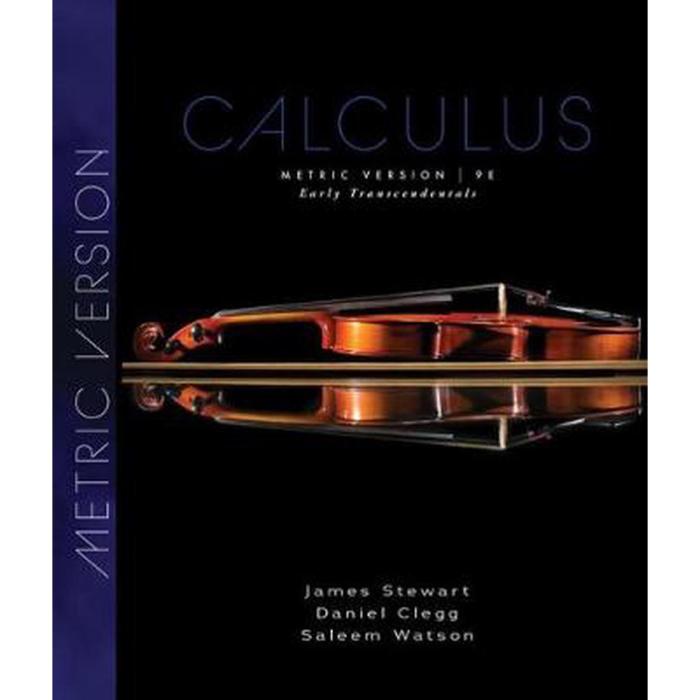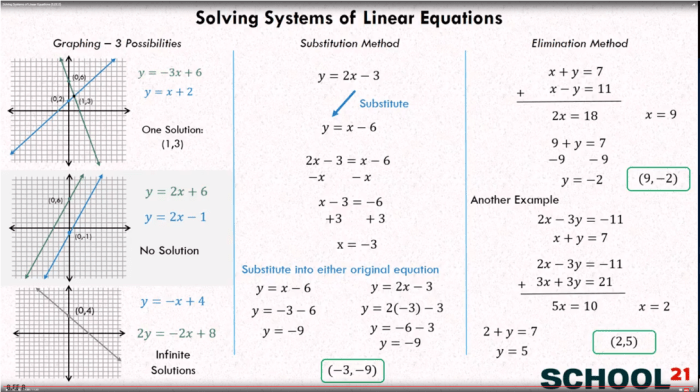Single variable calculus james stewart – Embark on an enlightening journey into the realm of single variable calculus with James Stewart’s renowned textbook. This comprehensive guide unravels the fundamental concepts, key topics, and practical applications of this essential mathematical discipline.
Through a lucid and engaging narrative, Stewart introduces the foundations of single variable calculus, including limits, continuity, differentiation, and integration. He skillfully guides readers through complex mathematical concepts, providing illuminating examples and real-world applications that bring the subject to life.
1. Overview of Single Variable Calculus by James Stewart
Single variable calculus is the branch of mathematics that deals with the rate of change of functions. It is a fundamental tool for understanding many physical and social phenomena, and it has applications in fields such as economics, engineering, and medicine.
In his book Single Variable Calculus, James Stewart provides a comprehensive and accessible introduction to the subject. The book covers all of the essential topics of single variable calculus, including limits, continuity, differentiation, integration, and infinite series.
Key Topics Covered in the Book
- Limits and continuity
- Differentiation
- Applications of differentiation
- Integration
- Applications of integration
- Infinite series
- Differential equations
Applications of Single Variable Calculus
- Finding the slope of a curve
- Determining the velocity and acceleration of an object
- Calculating the area under a curve
- Solving optimization problems
- Modeling population growth
- Predicting the future behavior of a system
2. Limits and Continuity

A limit is a value that a function approaches as the input approaches a certain value. Continuity is a property of functions that ensures that the function does not have any “jumps” or “breaks” at any point.
Properties of Limits
- The limit of a sum is the sum of the limits.
- The limit of a product is the product of the limits.
- The limit of a quotient is the quotient of the limits.
- The limit of a power is the power of the limit.
Applications of Limits
- Finding the slope of a curve
- Determining the velocity and acceleration of an object
- Calculating the area under a curve
- Solving optimization problems
3. Differentiation
The derivative of a function is a measure of the rate of change of the function. It is used to find the slope of a curve, the velocity and acceleration of an object, and the maximum and minimum values of a function.
Rules of Differentiation
- The derivative of a constant is 0.
- The derivative of a power function is the product of the exponent and the original function.
- The derivative of a sum is the sum of the derivatives.
- The derivative of a product is the product of the derivatives minus the product of the original functions.
- The derivative of a quotient is the quotient of the derivatives minus the product of the original functions.
Applications of Differentiation
- Finding the slope of a curve
- Determining the velocity and acceleration of an object
- Calculating the area under a curve
- Solving optimization problems
4. Applications of Differentiation

Differentiation has many applications in science, engineering, and economics. Some of the most common applications include:
Finding Extrema
The derivative can be used to find the maximum and minimum values of a function. These values are called the extrema of the function.
Solving Optimization Problems
Differentiation can be used to solve optimization problems. These problems involve finding the values of a function that maximize or minimize a certain quantity.
Examples of Optimization Problems
- Finding the dimensions of a rectangular box with a given volume that has the smallest surface area.
- Finding the trajectory of a projectile that will maximize its range.
- Finding the portfolio of stocks that will maximize the return on investment.
5. Integration

Integration is the inverse operation of differentiation. It is used to find the area under a curve, the volume of a solid, and the work done by a force.
Fundamental Theorem of Calculus
The fundamental theorem of calculus states that the integral of a function is equal to the net area under the curve of the function.
Applications of Integration
- Finding the area under a curve
- Calculating the volume of a solid
- Solving work problems
6. Applications of Integration: Single Variable Calculus James Stewart
Integration has many applications in science, engineering, and economics. Some of the most common applications include:
Finding Volumes
Integration can be used to find the volume of a solid. This is done by slicing the solid into thin cross-sections and then integrating the area of each cross-section.
Solving Probability and Statistics Problems
Integration can be used to solve probability and statistics problems. This is done by integrating the probability density function of a random variable.
Examples of Integration Problems, Single variable calculus james stewart
- Finding the volume of a sphere.
- Finding the probability that a randomly selected number from a normal distribution will be between two given values.
- Finding the expected value of a random variable.
7. Infinite Series
An infinite series is a sum of an infinite number of terms. Infinite series are used to represent functions that cannot be expressed in a closed form.
Convergence of Infinite Series
An infinite series is said to be convergent if the sum of its terms approaches a finite value. Otherwise, the series is said to be divergent.
Tests for Convergence
There are several tests that can be used to determine whether an infinite series is convergent or divergent. Some of the most common tests include the ratio test, the root test, and the integral test.
Examples of Infinite Series Problems
- Determining whether the series 1 + 1/2 + 1/4 + 1/8 + … is convergent or divergent.
- Finding the sum of the series 1 + 1/2 + 1/4 + 1/8 + …
- Using an infinite series to approximate the value of π.
8. Differential Equations
A differential equation is an equation that involves a function and its derivatives. Differential equations are used to model a wide variety of physical and social phenomena, such as the motion of a projectile, the growth of a population, and the spread of a disease.
Solutions to Differential Equations
A solution to a differential equation is a function that satisfies the equation. Differential equations can have one or more solutions, or they may have no solutions at all.
Methods for Solving Differential Equations
There are a variety of methods that can be used to solve differential equations. Some of the most common methods include the method of separation of variables, the method of integrating factors, and the method of Laplace transforms.
Examples of Differential Equation Problems
- Solving the differential equation dy/dx = y.
- Finding the general solution to the differential equation y” + y = 0.
- Using a differential equation to model the motion of a projectile.
FAQ Compilation
What are the key concepts covered in Single Variable Calculus by James Stewart?
The book covers fundamental concepts such as limits, continuity, differentiation, integration, infinite series, and differential equations.
How is Single Variable Calculus by James Stewart structured?
The book is organized into eight chapters, each covering a specific topic in single variable calculus.
What are the applications of single variable calculus?
Single variable calculus has wide-ranging applications in fields such as physics, engineering, economics, and computer science.
